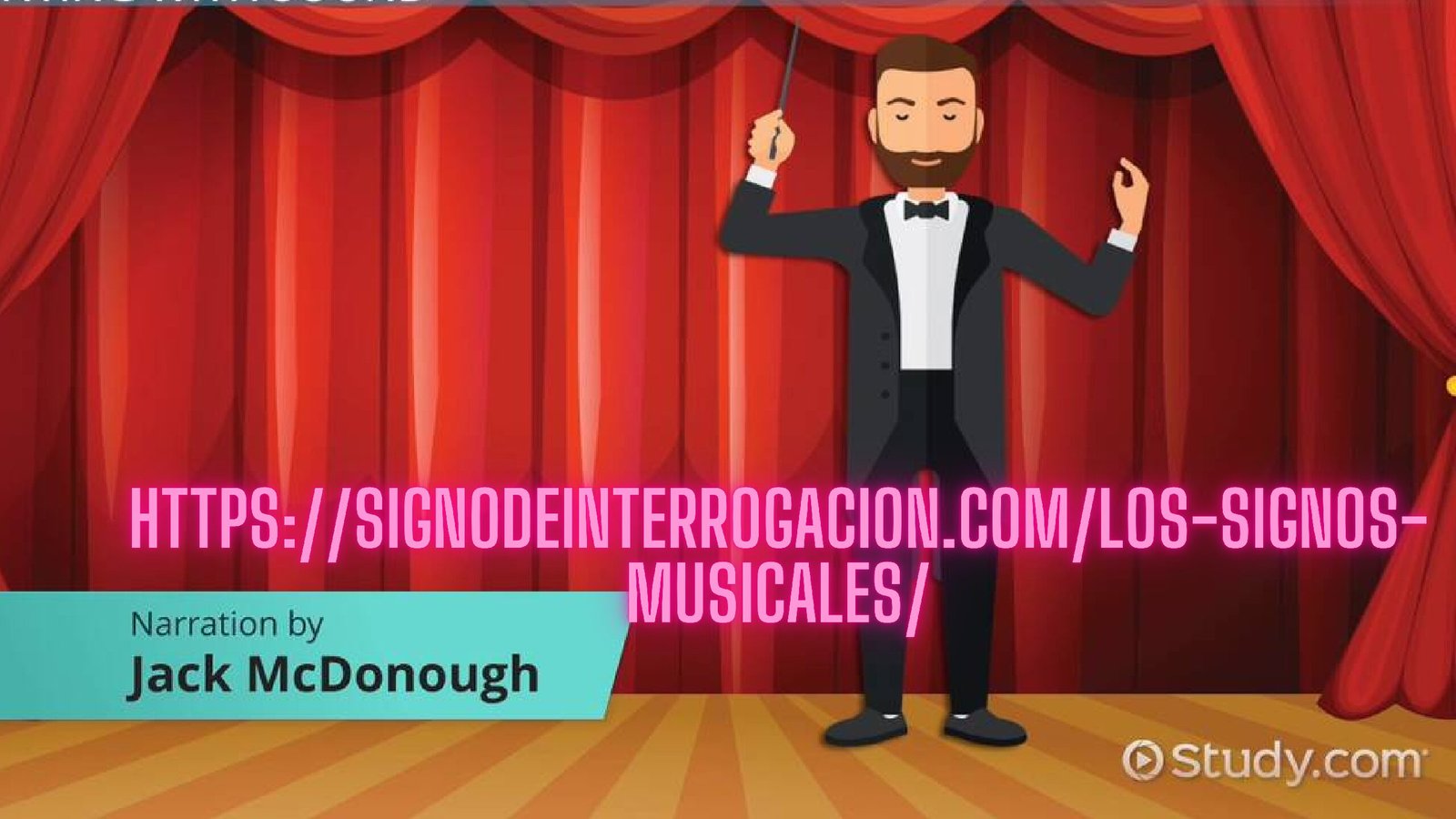Music, the universal language, transcends barriers and communicates emotions in ways words often cannot. Within this intricate realm lies a system of symbols, each with its own unique meaning and function, enriching the musical experience for both creators and listeners alike. Let’s delve into the world of musical symbols, exploring their significance and unraveling the mysteries they hold.
The Language of Music: Understanding Musical Symbols
From the soaring crescendos of a symphony to the gentle melody of a lullaby, music weaves tales of joy, sorrow, and everything in between. At the heart of this rich tapestry lie musical symbols, the building blocks of composition and interpretation. Just as words form sentences, these symbols combine to create musical phrases, guiding performers and conveying the composer’s intent.
Deciphering the Signs: A Closer Look at Musical Symbols
Among the myriad of musical symbols, each carries its own distinct message. Take, for instance, the treble clef, a symbol synonymous with melodies soaring in the higher registers. Its elegant curves and lines designate the pitch range for instruments such as the violin, flute, and voice, guiding performers to hit the right notes with precision and grace.
On the other hand, the bass clef stands as a stalwart guardian of the lower frequencies, grounding compositions with its robust presence. Often associated with instruments like the double bass, tuba, and cello, its placement on the musical staff signals where the deeper tones reside, providing a solid foundation for harmonies to flourish.
Dynamic markings such as forte (loud) and piano (soft) add further depth to musical expression, allowing performers to imbue their renditions with a spectrum of emotions. A sudden fortissimo may evoke a sense of urgency or triumph, while a gentle pianissimo whispers of delicate intimacy, each dynamic marking shaping the narrative of the piece.
Navigating the Rhythmic Landscape: The Role of Tempo Markings
In the rhythmic realm of music, tempo markings reign supreme, dictating the speed at which a piece unfolds. Allegro, with its brisk pace, propels compositions forward with energy and vigor, while Adagio beckons with a leisurely stride, inviting listeners to savor each note’s resonance. Whether it’s the lively vivace or the contemplative lento, tempo markings serve as the guiding compass, steering performers through the ebb and flow of musical time.
Conclusion: The Symphony of Symbols
In the grand symphony of music, each symbol plays a vital role, contributing its unique voice to the chorus of sounds. From the graceful arcs of clefs to the rhythmic pulse of tempo markings, these symbols serve as beacons of guidance, illuminating the path for performers and enriching the listening experience for audiences worldwide.
As we unravel the mysteries of musical symbols, we unlock a deeper appreciation for the artistry and craftsmanship woven into every composition. So, let us embrace the language of music, where signs and symbols converge to create melodies that echo through the corridors of time, resonating with the hearts and souls of all who dare to listen.

